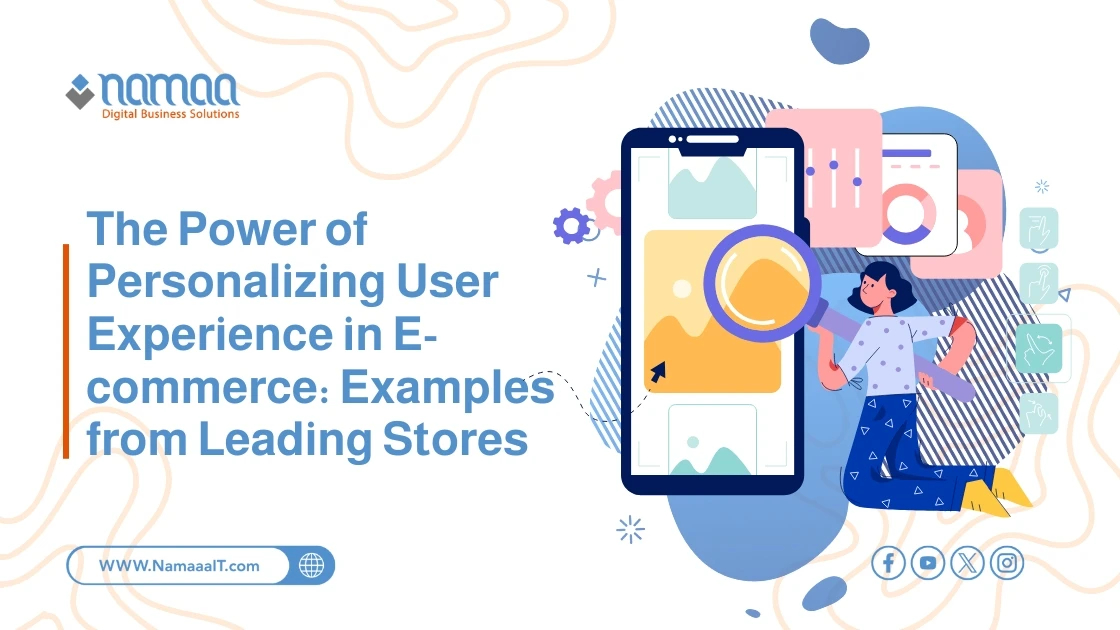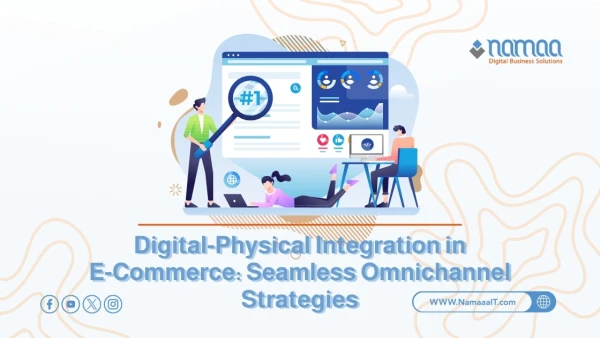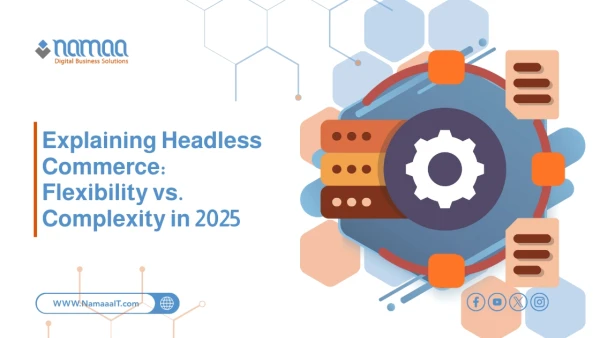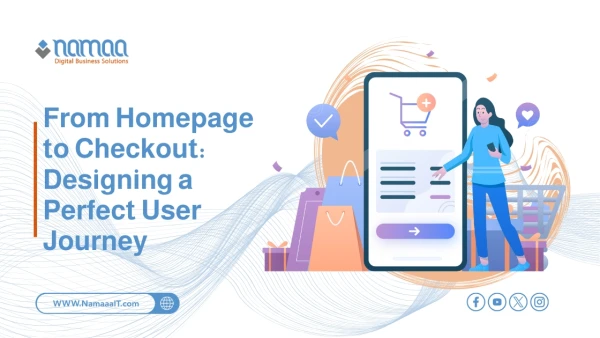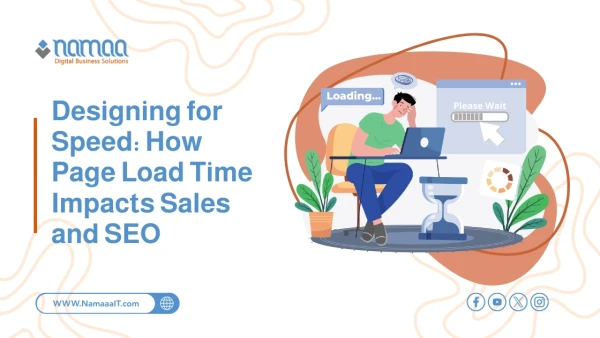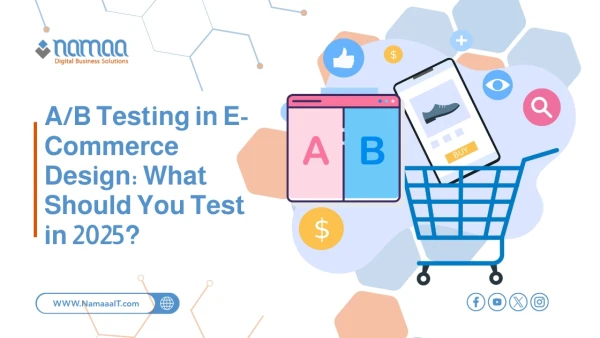Smart platforms now know exactly what users are looking for—and present it to them before they even ask. This is the power of personalizing the user experience in e-commerce: turning data into an individual experience that makes every customer feel the store was designed just for them.
In this article, we explore how leading stores harness this power to improve engagement, increase conversion rates, and boost loyalty. From precise recommendations to personalized pages and layouts that change moment by moment, you'll see practical examples showing that personalization is no longer optional—it’s essential for success.
What Does Personalization in E-Commerce Mean?
Personalizing the user experience in e-commerce means creating a digital shopping experience tailored to each user’s preferences and interests. The core idea is for the customer to see only what matters to them—not what everyone else sees. This shows up in everything: recommended products, page layout, product arrangement, promotional offers, even emails. Instead of a one-size-fits-all approach, the site provides thousands of unique experiences based on the data it gathers about each visitor.
This isn’t random—it relies on analyzing user behavior: what they view, what they buy, how they arrived at the site, how long they browsed a specific product, and whether they came back later. All of this creates a precise digital profile that helps the system decide what to show them automatically.
Personalization can be as simple as suggesting similar products or as complex as rearranging the entire interface based on age group, location, and purchase history. The goal is the same: to make the experience more relevant, faster, and aligned with what the customer wants—without them wasting time scrolling through irrelevant pages. This, in turn, increases purchase likelihood and gives users a sense that the platform understands them—boosting satisfaction and loyalty.
Why Has Personalization Become a Necessity, Not a Bonus?
In the past, personalization was seen as a luxurious add-on. Today, the landscape has changed entirely. Consumers now expect personalized experiences from the very first moment. If they don’t see relevant content within seconds, they’ll move on to another site that offers it.
This shift in user behavior has turned personalization from an option into a fundamental requirement for success.
Competition has also exploded. Nearly every brand now has an online presence, and marketplaces are flooded with endless alternatives. What distinguishes one store from another isn’t just price—it’s the ability to deliver an experience that makes users feel understood. Personalization achieves this. When visitors see items that match their taste or receive offers based on their shopping history, they feel recognized and valued.
Moreover, data shows that personalization directly improves key performance indicators: higher conversion rates, increased average order value, and better retention. These aren’t cosmetic benefits—they translate into real revenue. So the question is no longer, “Should we personalize?” but rather, “How can we personalize in the best possible way?”
Tools and Technologies Behind Personalization
Effective personalization isn’t just about knowing a user likes a certain product. Behind the scenes is a complex mix of tools and technologies that gather, analyze, and turn data into real-time customized experiences. These range from behavioral tracking systems to machine learning algorithms—all working together to build accurate visitor profiles.
The first step is data collection: pages visited, products clicked, time spent on the site, and purchase history. Tools like Google Analytics, Hotjar, and built-in features in platforms like Shopify and Magento are commonly used. Next comes data analysis. Algorithms segment users and predict what might interest them next.
Then comes the key step: delivering the personalized experience. This might involve smart recommendations, rearranging content, or customizing marketing messages. In some cases, the system might change the language or how products are displayed depending on the user’s location or device.
With the right tools, you can deliver a unique experience to each visitor—one that feels personal and drives deeper engagement and conversion.
Learn More: Common UX Mistakes
Examples from Leading Brands
1. Amazon: The Unrivaled Leader in Personalization
When personalization in e-commerce is mentioned, Amazon leads the conversation. What sets Amazon apart isn’t just the sheer volume of data it collects, but how intelligently it uses it. From the moment a user lands on the site, every action—clicks, searches, time spent browsing—is tracked and analyzed to create a highly detailed profile.
Amazon’s recommendations aren’t random. They’re calculated based on the user’s behavior and the behavior of similar users. The homepage, “Recommended for You” sections, and even email promotions are all customized based on browsing and purchase history.
This deep level of personalization creates an experience that feels tailor-made for each user—leading to higher conversions, bigger shopping carts, and long-term loyalty. For Amazon, personalization isn’t a feature—it’s the foundation of the platform.
2. Nike: Personalization as Part of Brand Identity
Nike doesn’t just sell sports products—it sells a feeling of uniqueness and belonging. A key part of achieving this is smart personalization as a core brand value. Through platforms like “Nike By You,” users can design their own shoes—choosing colors, materials, even adding their name. This is more than a fun experience—it’s a strategic way to increase engagement and customer connection.
Nike also uses data from its fitness apps—Nike Run Club and Nike Training Club—to suggest products, tips, and workout plans tailored to each user’s level and interests. Content isn’t the same for everyone—it changes based on fitness goals, past performance, and geographic location.
Even email and app notifications are crafted to match each user’s lifestyle. This blend of personal performance data and commercial personalization strengthens the brand-customer bond. The result? Customers feel Nike is walking beside them—turning buyers into brand ambassadors.
3. Zara: Smart Personalization in Fast Fashion
Zara takes a different approach—focused on speed, data, and real-time demand. While it may not collect as much individual data as Amazon, Zara excels at tailoring experiences based on market and geographic trends. It uses daily sales reports, in-store and online behavior, and customer feedback to adjust product offerings and inventory in real time.
On Zara’s website, personalization appears in how products are displayed, recommended clothing, and visual content—all adjusted based on location, language, and user preferences. If you browse a clothing category, the site starts showcasing similar styles and complete outfit suggestions.
The result? Higher conversions and fewer returns—because customers feel what they see actually suits them. Here, personalization isn’t just knowing what you want—it’s presenting it at the right time and in the right way. This strategy has made Zara a leader in fast fashion without relying on massive ad campaigns—just smart UX.
Learn More: Color Psychology in Product Pages
Actionable Steps to Apply Personalization to Your Online Store
Personalization doesn’t require a massive budget—but it does require a clear vision and smart execution:
Collect the Right Data
Start with tools like Google Analytics or Hotjar to track how visitors navigate your site—what products they view and which pages they exit from. Every click gives clues about what the user is looking for.
Segment Your Audience
Group users based on behavior, location, age, or traffic source. This allows you to tailor content for each group instead of trying to appeal to everyone the same way.
Personalize Content and Offers
Start with product recommendations, rearranging categories, or changing homepage headlines based on what users previously viewed.
Use Smart Email Automation
Send emails based on user interactions—abandoned cart reminders or exclusive offers based on browsing behavior. Tools like Klaviyo or Mailchimp help scale this easily.
Test and Optimize Constantly
Use A/B testing to try different personalization strategies and monitor their impact. There’s no one-size-fits-all formula—but with data and persistence, you’ll build a customer experience that drives satisfaction and sales.
Summary
✅ Personalization can boost conversion rates by up to 80% (Econsultancy, Monetate)
✅ Over 74% of customers feel frustrated when websites don’t offer personalized content (Accenture)
✅ Amazon generates around 35% of its revenue from personalized recommendations
✅ Personalized emails have 26% higher open rates than generic ones (Campaign Monitor)
✅ Effective personalization can reduce return rates by up to 20%, especially in fashion—just like Zara’s mode

